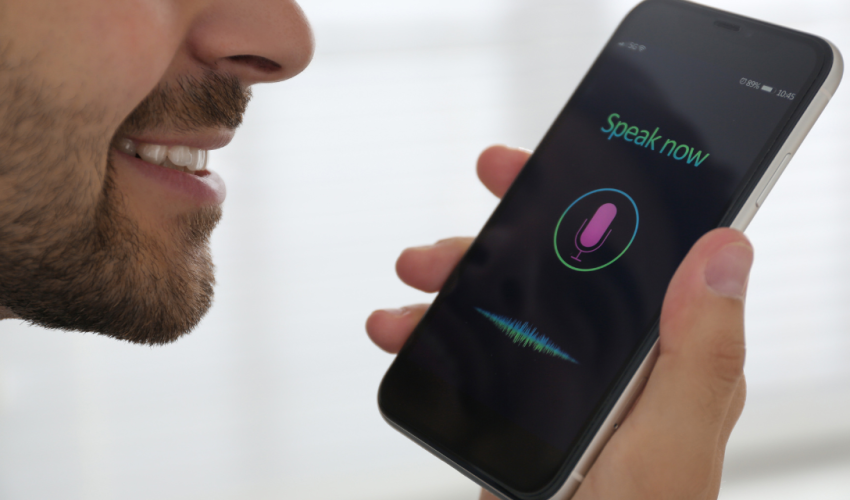For the last four decades, the way we interact with technology has been largely consistent. The keyboard, mouse, and monitor have been our primary tools for navigating the digital world. These devices have served us well, becoming the standard for both personal and professional use. However, we are on the cusp of a significant shift in how we engage with technology, driven by advancements in artificial intelligence (AI) and generative AI models like ChatGPT.
The Early Days: Keyboards, Mice, and Monitors
When personal computers first became mainstream in the 1980s, the keyboard was the primary input device. Typing commands and using basic graphical interfaces were the norm. The introduction of the mouse revolutionized this interaction, allowing users to point, click, and drag. Monitors evolved from monochrome displays to high-definition screens, enhancing our visual experience.
These tools have defined our interaction with technology for years, shaping how we work, play, and communicate. They have been integral to the development of software applications, web browsing, and even the creation of digital content.
The Advent of Voice Interaction
As technology advanced, so did our methods of interaction. Voice-to-text and text-to-voice technologies began to emerge, offering a more natural and intuitive way to communicate with our devices. Early iterations, like speech recognition software, had limited accuracy and functionality. However, improvements over time have made voice commands a viable alternative to traditional input methods.
Smartphones played a significant role in this transition. Virtual assistants like Siri, Google Assistant, and Alexa introduced the masses to voice interaction, enabling users to perform tasks, set reminders, and search the web using natural language. This shift made technology more accessible, especially for those with disabilities or those who prefer hands-free operation.
The Rise of Generative AI and Multimodal AI
The latest evolution in technology interaction is driven by generative AI and multimodal AI. These advanced systems can understand and generate human-like text, making interactions more fluid and conversational. AI models like ChatGPT can comprehend context, provide detailed responses, and even perform complex tasks based on natural language input.
Multimodal AI goes a step further by integrating various forms of input and output, such as text, voice, images, and even gestures. This creates a more holistic interaction experience, allowing users to engage with technology in a way that feels more natural and intuitive. For instance, you can describe a picture, ask for an explanation, and receive a detailed response—all through a seamless conversation with an AI.
What This Means for the Future
The transition from keyboards and mice to voice and natural language processing is more than just a technological upgrade; it represents a fundamental change in how we interact with our digital environments. Here are some implications for the future:
- Increased Accessibility: Natural language processing makes technology more accessible to people of all ages and abilities. It lowers the barrier to entry, allowing more individuals to benefit from digital tools.
- Enhanced Productivity: Voice commands and conversational AI can streamline workflows, reducing the time spent on manual tasks. This can lead to increased productivity in the workplace.
- New Job Opportunities: As AI becomes more integrated into our daily lives, new job roles will emerge. These roles will focus on developing, managing, and improving AI systems.
- Improved User Experience: Interacting with technology through natural language is more intuitive and engaging. This improves the overall user experience, making technology feel more like a natural extension of our daily lives.
- Ethical Considerations: With the rise of AI, ethical considerations around privacy, security, and bias become increasingly important. As we embrace these new interaction methods, we must also address the challenges they present.
Conclusion
The evolution of technology interaction from keyboards and mice to natural language processing is a testament to human ingenuity and the relentless pursuit of progress. As we continue to innovate and integrate AI into our lives, the way we work, communicate, and engage with technology will be transformed. This new era of interaction promises to make technology more accessible, efficient, and enjoyable for everyone.
